I've done this before when I had a wire whose ends were inaccessible and I needed something to hook an oscilloscope's probe around. I used basic wire strippers like these:

I cut completely through the insulation in the middle of the wire, then made a second cut adjacent to it. This left a thin "ring" of insulation that was no longer connected to the rest. I then used an extremely sharp knife to slowly and carefully shave the top of the ring off (blade parallel to the wire, like you're peeling a piece of fruit). The remainder of the ring falls off and you're left with a gap of about 1mm in the middle of the wire.
I've done this on several occasions and it's worked well enough for my purposes. I wouldn't consider it production-quality, but for prototypes or one-off hand builds it's not terrible. The main things to keep in mind is that your tools need to be very sharp, and that it's significantly easier to damage the wire than it is during a normal stripping operation. I've only done this on solid wire, I'd imagine stranded wire would be too easily damaged by this process.
A few things to keep in mind:
- Gaps in the middle mean the remaining insulation can move freely back and forth, which can expose wire in unexpected places and risk shorts.
- It's possible to simply melt a section of insulation off with a lighter, but the resulting gaps tend to be very large (making the aforementioned problem worse).
- Solder joints have very little mechanical strength. Use something like a T-splice to ensure your connections don't fall apart.
- Insulating/protecting these T connections is very difficult. You can heatshrink over part of it, but you may have to resort to something liquid like hot glue.



